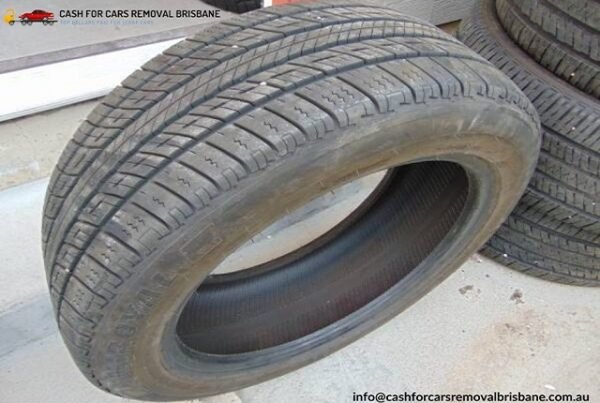
Supplemental braking systems are one of the most frequently discussed topics among owners of motorhomes and all vacationers renting an RV who would want to tow their light vehicles behind. The answer to the question of whether you need a supplemental braking system is a definite “Yes.” While the law in most states requires you have them in your ‘dinghy,’ from the standpoint of safety, supplemental braking systems for towed vehicles can mean the difference between a trip to the repair shop and avoiding a collision. The type that you need depends on your frequency of travel and the load you’re hauling.
Why you need one for your vehicle
There several reasons to use a supplemental braking system on your vehicle and most of them can be boiled down to these three:
- The Gross Combination Weight Rating (GCWR) of your motorhome: This parameter indicates the total weight of your motorhome and dinghy combined that the engine and transmission can handle. It is made with the assumption that the towed vehicle has supplemental braking. Without it, the motorhome’s brakes are overloaded, leading to rapid wear and tear or failures.
- The law: Most states mandate brakes in towed vehicles. While the restrictions apply differently to different weight categories of vehicles and trailers, it is better to have one as most motorhome owners go from one state to another.
- Safety: In difficult or emergency driving situations, having a supplemental braking system makes it easier to control the trailer. If the tow bar fails, the towed vehicle can apply the brakes automatically and come to a safe stop.
Types of supplemental braking systems:
There are two important types of braking systems to choose from:
Direct Braking Systems
If you’re a frequent traveler and tow only one type of dinghy behind your motorhome, a permanent braking system is the best solution. They are directly connected to your motorhome’s brake lines (both pneumatic and hydraulic) and use your input at the controls to proportionately slow down the towed vehicle. These braking systems for towed vehicles offer excellent safety and reliability and no additional set up or calibration once installed. With the towed vehicle’s brakes working in perfect harmony with the motorhome, you can achieve a truly proportional braking system.
Portable Braking Systems
The portable systems are popular with those who occasionally tow their cars or those taking one on vacation or switch towed vehicles on the way. The system normally consists of an actuator unit that sits below the driver’s seat with an arm that goes forward to connect with the brake pedals. Portable systems generally work on inertial mechanisms and use a decelerometer to sense the deceleration of the coach to apply a proportionate braking force on the pedal.
Whether you are a motorhome owner or renting one for the season, having a towed vehicle behind you necessitates a supplemental braking system on it. On long journeys, it can save wear and tear on the coach’s brakes and greatly improve safety, especially on treacherous stretches. The type of braking systems for towed vehicles should be decided on factors such as the frequency of travel, weight of the vehicle, and the handling qualities preferred across different driving conditions.




